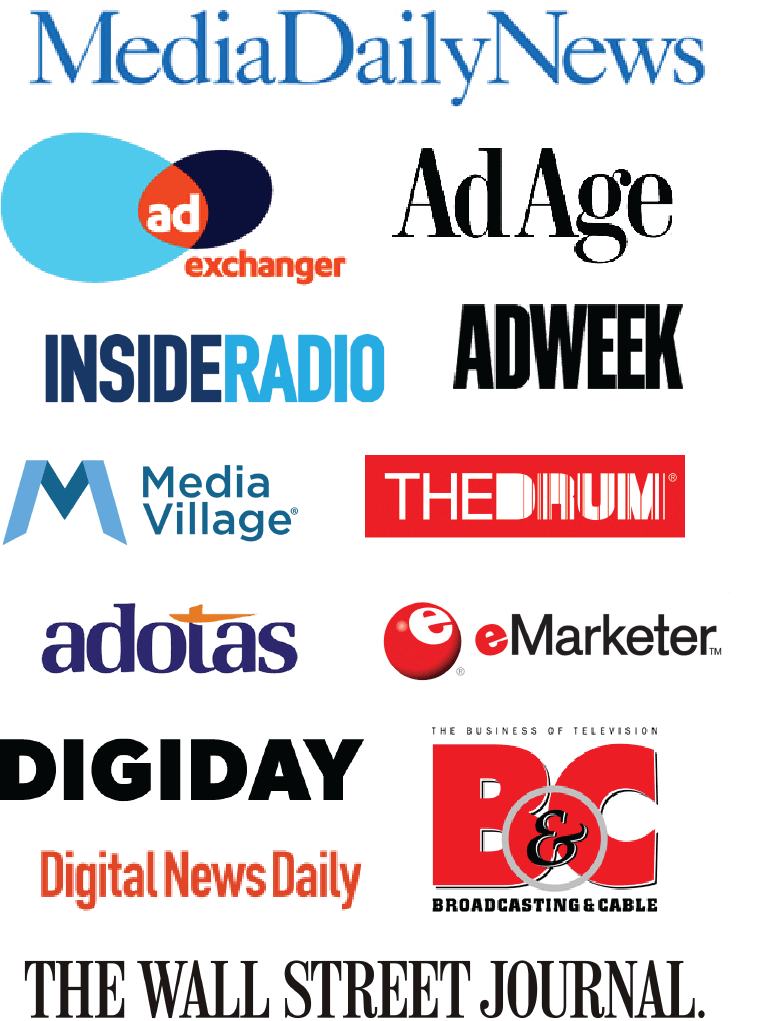Whether it’s the bad faith broadcasting practices revealed by the Dominion lawsuit or intentionally divisive social media posts and threads, the scourge of disinformation is top-of-mind for many advertisers and media members. At the same time, many advertisers are hesitant to invest in news channels because they don’t want their brand messages next to potentially negative content.
But they’ve defined undesirable content with such a broad brush, their brand safety efforts have backfired, causing a content safety crisis for the industry at large.
When advertisers’ safety filters block the entire category of “news,” legitimate news outlets and premium publishers that adhere to journalistic standards are excluded from sources of revenue they relied on for decades to sustain operations. While this puts premium publishers in a difficult position to continue to fund good-quality journalism, it also gives fraudsters and distributors of disinformation the chance to scoop up those ad dollars unbeknownst to advertisers.
We’ve found in our Trust in Advertising Report that just under half of US advertisers are working for companies that have made supporting quality news sources a priority, despite the majority believing it is important to do so. Meanwhile, legitimate news journalism is underfunded, and brands are missing out on exposure to valuable audiences and quality environments.
To increase trust in news and support legitimate information sources, publishers and advertisers can:
- Work together to create 1:1 relationships that are built on trust. One-way publishers can establish this trust is by collaborating with safety technology vendors, and pushing these companies to innovate with more effective and nuanced tools that better reward reputable journalism and disadvantage disinformation. Working more closely with brand safety vendors can also help publishers better understand what advertisers are wary of and develop more solutions to address those issues head-on.
- Use vetted inclusion lists in programmatic buys, and frequently review these lists. We’ve seen that the majority of advertisers are willing to advertise on manually selected inclusion lists, because they get more control over where their ads are placed and who ultimately profits from those placements. This intentional investment approach gives advertisers back the transparency they’ve lost and helps re-funnel the flow of ad dollars to those publishers with a commitment to journalistic standards and the health of the information ecosystem.
We’re currently in an era of unprecedented levels of disinformation and misinformation, but by continuing to prioritize trust and working together, advertisers, publishers and technology companies can help restore critically needed trust and safety in the media ecosystem.
Sarah Bolton is EVP Business Intelligence at Advertiser Perceptions

